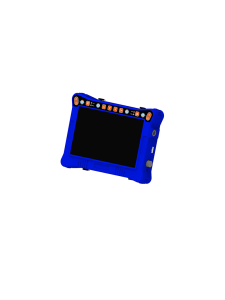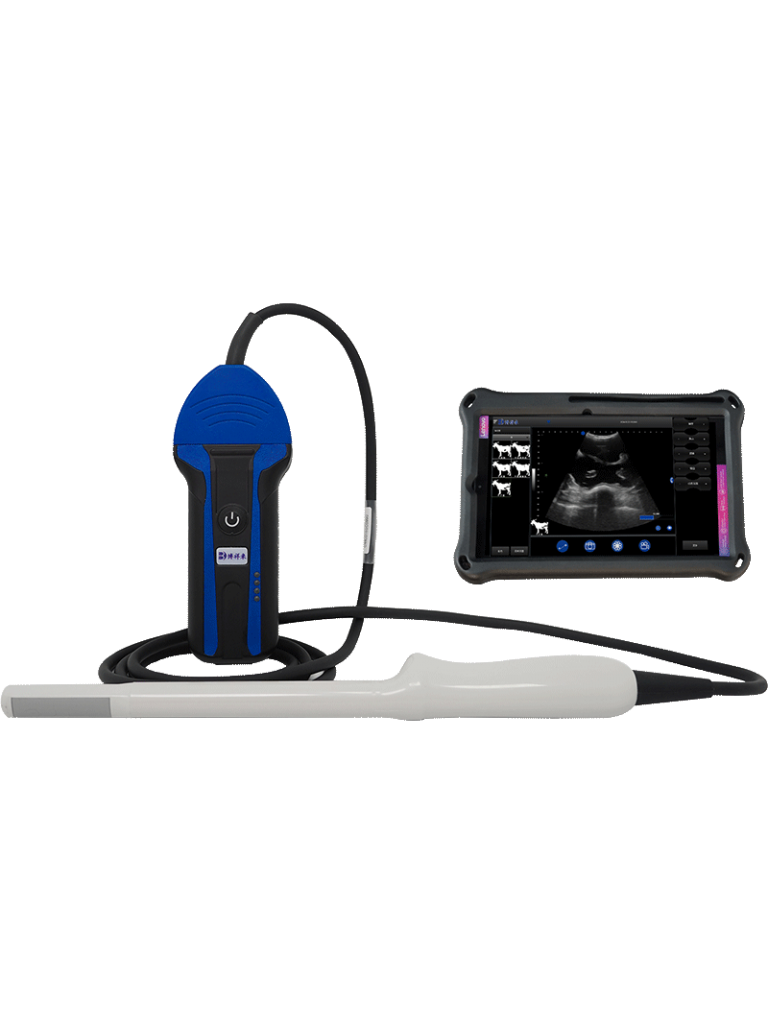BXL-V10Ⅲ Has So Many Functions, How Do We Choose the Configuration?
The BXL-V10Ⅲ veterinary ultrasound is rapidly becoming one of the most popular choices for veterinarians worldwide due to its extensive capabilities, affordable pricing, and versatility. With its wide range of features—from pregnancy detection and musculoskeletal imaging to cardiac evaluations and abdominal scans—it offers a comprehensive diagnostic tool for various animal species. However, with so many options and configurations available, veterinarians often face the question: How do we choose the best configuration for our practice?

In this article, we’ll explore how to choose the right configuration of the BXL-V10Ⅲ ultrasound based on your specific diagnostic needs, the animals you treat, and your budget. We’ll guide you through the process of selecting the ideal setup for your clinic, fieldwork, or mobile practice.
1. What Is the BXL-V10Ⅲ Veterinary Ultrasound?
Before diving into how to choose the right configuration, it’s important to understand the BXL-V10Ⅲ veterinary ultrasound and its broad range of capabilities.
The BXL-V10Ⅲ is a high-performance ultrasound system designed to meet the needs of veterinary professionals. It offers a full range of diagnostic features, supports multiple probe types, and is used for applications such as:
- Pregnancy detection in large animals (e.g., cows, horses, sheep).
- Internal organ imaging for diagnosing issues in organs like the liver, kidneys, and spleen.
- Musculoskeletal imaging for detecting joint injuries and soft tissue damage.
- Cardiac imaging to evaluate heart conditions in small and large animals.
Thanks to its portability, wireless connectivity, and ability to support various probe types, the BXL-V10Ⅲ is suitable for use in clinics, farms, and mobile practices. The system’s flexibility and ease of use make it a great choice for veterinarians who need an all-in-one diagnostic solution.
2. How to Choose the Right Configuration for the BXL-V10Ⅲ Ultrasound?
When choosing the configuration for your BXL-V10Ⅲ veterinary ultrasound, it’s essential to consider several factors, including the type of animals you treat, the specific diagnostic needs of your practice, and your budget. The configuration will mainly depend on the type of probes you need and any specialized features that align with your practice.
1. Identify Your Diagnostic Needs
The first step in choosing the best configuration for the BXL-V10Ⅲ is to assess your specific diagnostic requirements. Think about the following:
- Species: Are you primarily working with large animals like cows and horses, or are you focused on small animals like dogs and cats?
- Applications: What types of imaging do you perform most often? Do you need pregnancy detection, abdominal imaging, musculoskeletal imaging, or cardiac evaluation?
- Environment: Do you primarily work in a clinic, or do you need to perform ultrasounds in the field, on farms, or in remote locations?
Once you have a clear understanding of your practice’s needs, you can determine which probe types and features are essential for your setup.
2. Choose the Right Probes
The BXL-V10Ⅲ supports a variety of probes, each designed for different imaging needs. Depending on your primary applications, you’ll want to choose the probes that match the types of diagnostic work you do.
1. Convex Probes
- Best for: Abdominal imaging, pregnancy detection, and deep organ evaluation.
- Ideal for: Larger animals such as cattle, horses, and sheep, as well as small animals for general abdominal scans.
- Application: Detecting pregnancy in livestock or evaluating internal organs like the liver, kidneys, and intestines.
2. Linear Probes
- Best for: Musculoskeletal imaging, superficial organ imaging, and vascular studies.
- Ideal for: Small animals (dogs, cats) and for imaging superficial structures such as joints, muscles, and tendons.
- Application: Diagnosing soft tissue injuries, joint damage, or tendon tears, particularly in equine and canine patients.
3. Phase Array Probes
- Best for: Cardiac evaluations and detailed imaging of internal organs.
- Ideal for: Small animals and large animals for heart evaluations.
- Application: Assessing the heart’s structure, rhythm, and blood flow, as well as cardiac diseases.
4. Transrectal Probes
- Best for: Early pregnancy detection and detailed imaging of reproductive organs.
- Ideal for: Livestock, particularly cattle and sheep.
- Application: Pregnancy checks, uterine health monitoring, and early fetal development evaluation.
3. Consider Additional Features and Accessories
Depending on your practice’s needs, you may want to consider specific accessories or additional features that enhance the BXL-V10Ⅲ ultrasound’s functionality. Here are some options to think about:
1. Battery Life and Portability
If you plan to use the BXL-V10Ⅲ in the field or during mobile veterinary work, battery life and portability will be key considerations. The system is lightweight and designed for on-the-go use, but ensure the battery capacity matches your needs for extended use in remote areas.
2. Wireless Connectivity
The BXL-V10Ⅲ offers wireless connectivity that allows you to view ultrasound images on smartphones, tablets, or laptops. This feature is particularly useful if you plan to perform ultrasounds in the field, where traditional equipment may be bulky or inconvenient. Wireless functionality allows for easy sharing of images with colleagues or clients and remote consultations.
3. Software and Data Storage
Many ultrasound systems come with specialized software for image analysis, data storage, and report generation. Make sure the configuration you choose includes the software that allows you to manage and store patient data efficiently, and allows easy image enhancement for accurate diagnostics.






Just checked out the BXL-V10III details. Impressive features packed into one device. Choosing the right configuration seems easier with their clear breakdown. Definitely worth considering for anyone needing versatile ultrasound options.